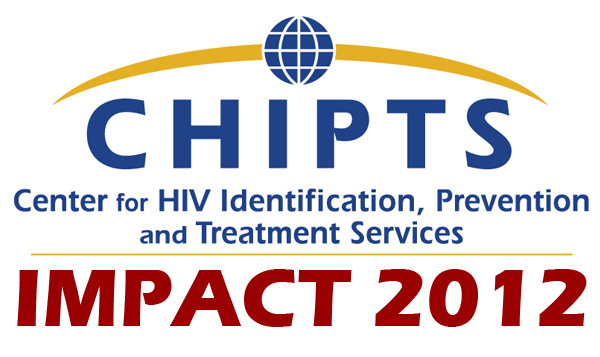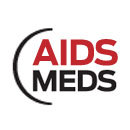Source: http://www.cdcnpin.org/
UNITED STATES: “Justice: Prisons to Step Up Anti-Rape Efforts”
Associated Press (05.17.12):: Jesse J. Holland
The Obama administration on May 17 issued mandatory screening, enforcement, and prevention regulations to reduce the number of inmates sexually victimized in correctional settings. Federal, state, and local officials must adopt a “zero tolerance” policy on prison rape, the administration said.
The rules, which have been in development since Congress passed the Prison Rape Elimination Act of 2003, are immediately binding on federal prisons. States that do not comply will face the loss of 5 percent of their Department of Justice (DOJ) prison funds unless the governor certifies that an equal amount is being spent to bring the state into compliance. Organizations that accredit prisons will be barred from receiving federal grants unless their processes include similar anti-rape standards, meaning that noncompliant local jails could lose their accreditation.
The president said the standards apply to all federal confinement facilities; all other agencies with confinement facilities – including the Homeland Security Department, which operates immigrant detainment facilities – are required to put anti-rape protocols in place within a year. This drew objections from some immigration advocates, who denounced the idea that HSD would be permitted to develop its own rules instead of following those of DOJ.
The new regulations: stipulate that inmates be screened for the potential of sexual victimization, and that this information be used in assigning housing and work; require employee background checks; and prohibit abusers from being hired. Firing is the presumptive punishment for employees who violate the blanket ban on sexual contact between staff and inmates.
Cross-gender pat-downs of female and juvenile inmates are banned. Juvenile inmates must be held separately from adult inmates; evidence must be preserved after incident reports; anonymous and outside-prison reports of sexual victimization are permitted; and facilities must have plans for adequate staffing and video monitoring.
UNITED STATES: “Report: Nearly 10 Percent of Inmates Suffer Sexual Abuse”
MSNBC.com (05.17.12):: Kari Huus
The first National Former Prisoners Survey, released May 17 by the Department of Justice (DOJ), reported almost 10 percent of former inmates said they were the victims of sexual abuse while incarcerated. About 3.7 percent said they were forced to have sex with another prisoner, while about 5.3 percent reported incidents involving staff members.
One-quarter of those victimized by inmates said they had been restrained during the attack, and one-quarter were physically injured. Twenty-three percent reported serious injuries, including anal or vaginal tearing (12 percent), chipped or lost teeth (12 percent), being knocked out (8 percent), internal injuries (6 percent), stab wounds (4 percent) or broken bones (4 percent).
Men who have sex with men suffered victimization at 10 times the rate of heterosexual men (3.5 percent of heterosexuals, vs. 39 percent of homosexuals and 34 percent of bisexuals).
Half of those who reported being victims of sexual misconduct by staffers said they had been offered special privileges; one-third said they had been talked into participating. More than three-quarters of these reports involved male inmates and female staff members. All sexual contact between prisoners and staff is considered legally nonconsensual; however, respondents characterized some of these encounters as “willing.”
The survey includes responses from 518,000 former prisoners who were on supervised parole in mid-2008.
“For too long, incidents of sexual abuse against incarcerated persons have not been taken as seriously as sexual abuse outside prison walls,” DOJ said in a statement. “In popular culture, prison rape is often the subject of jokes; in public discourse, it has been at time dismissed by some as an inevitable – or even deserved – consequence of criminality.”
Immediately after the report’s release, the Obama administration announced new mandatory standards aimed at reducing sexual victimization in correctional settings.





 Contact: Rudolph Carn – 404-660-0527
Contact: Rudolph Carn – 404-660-0527


